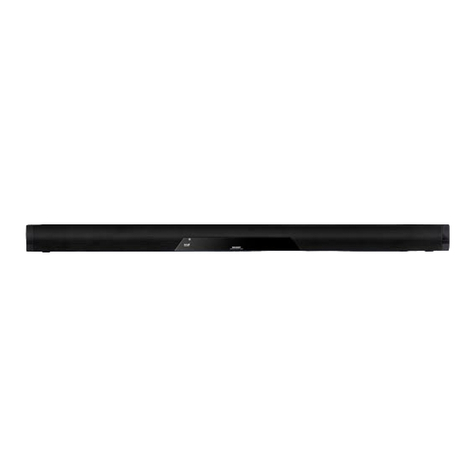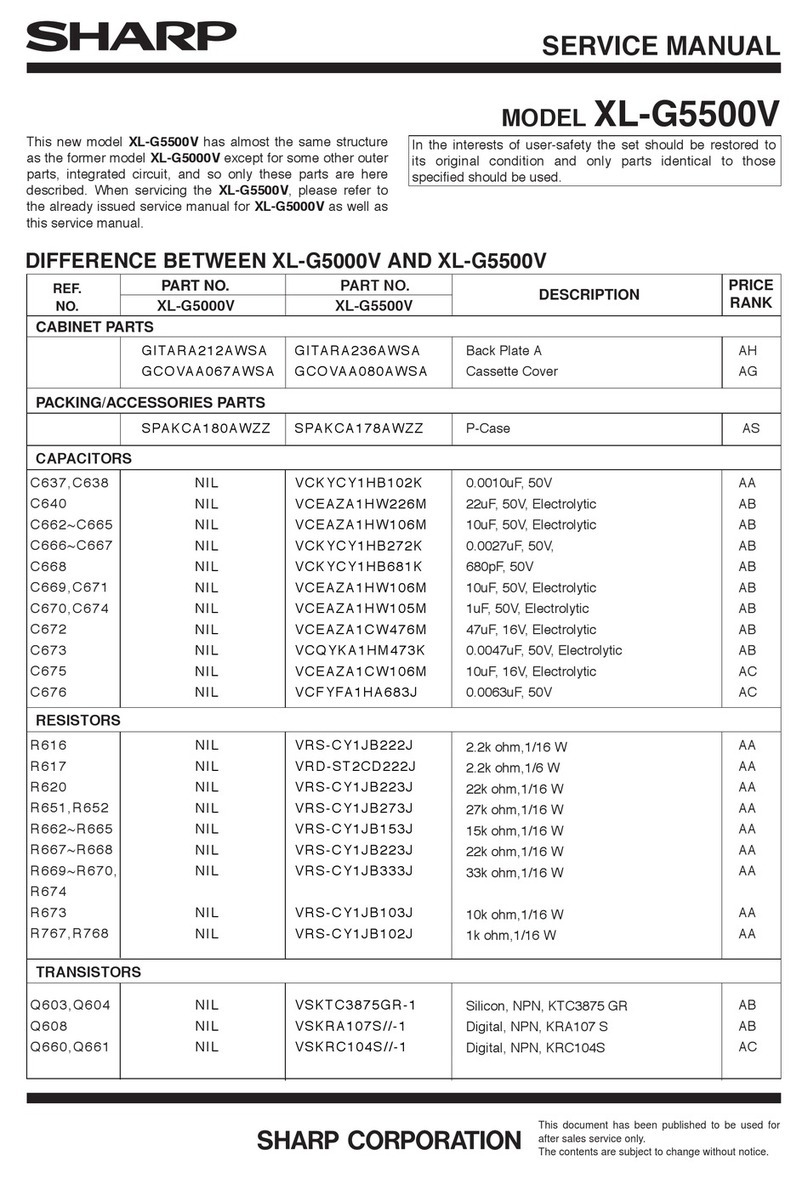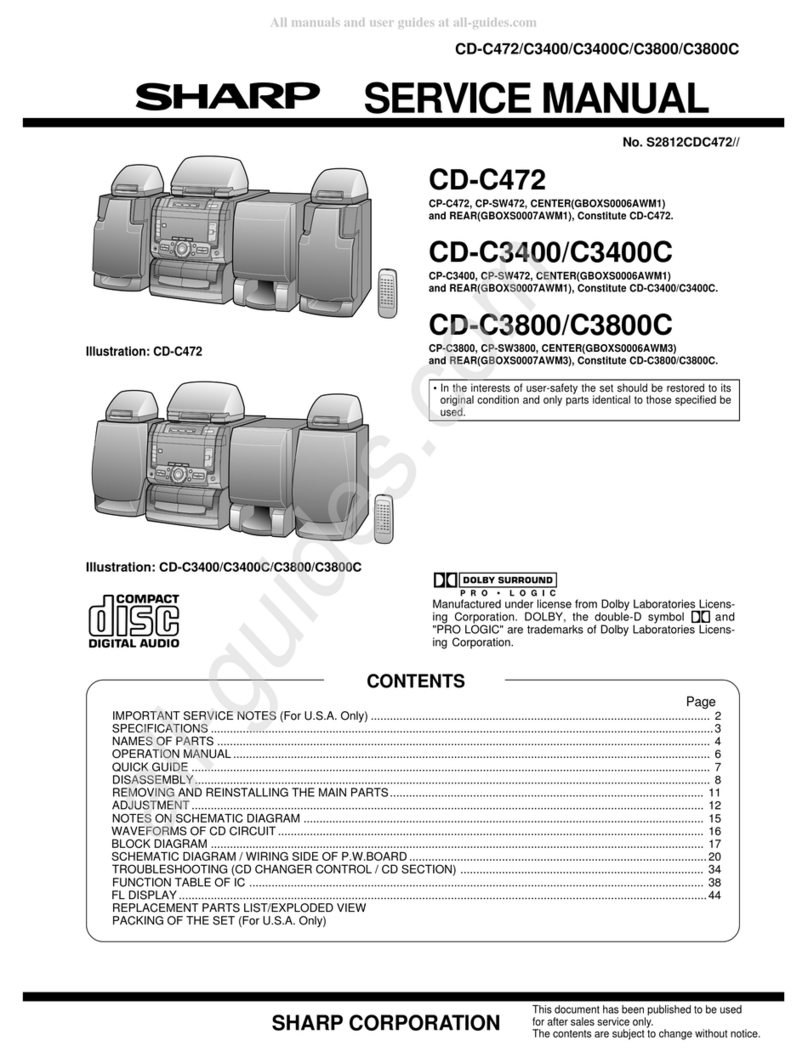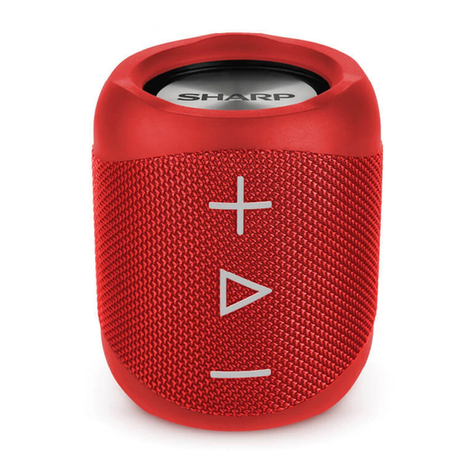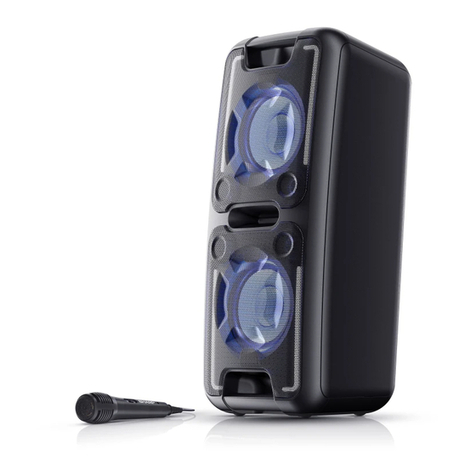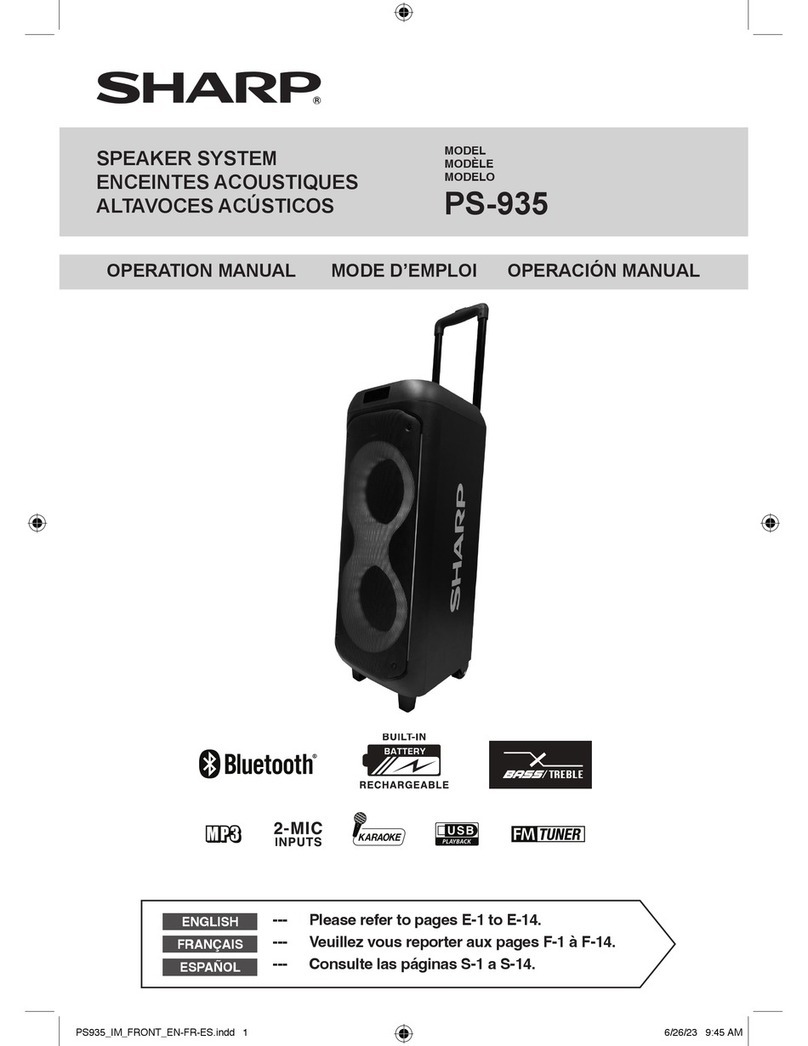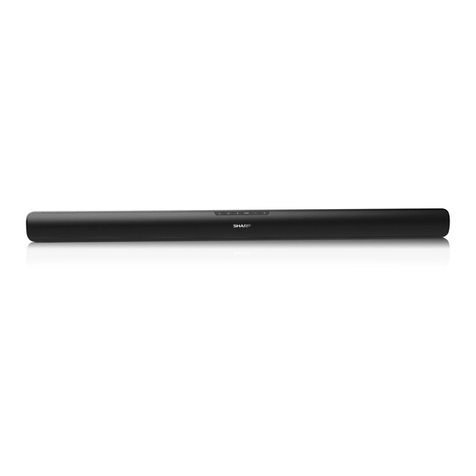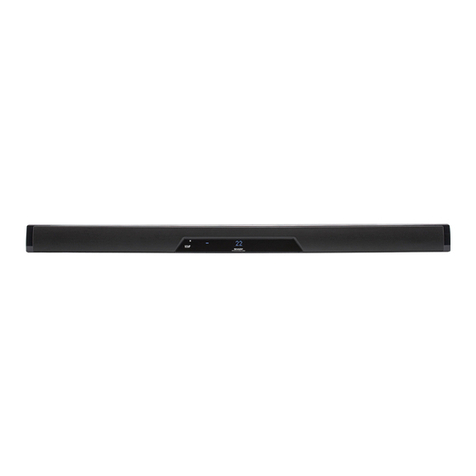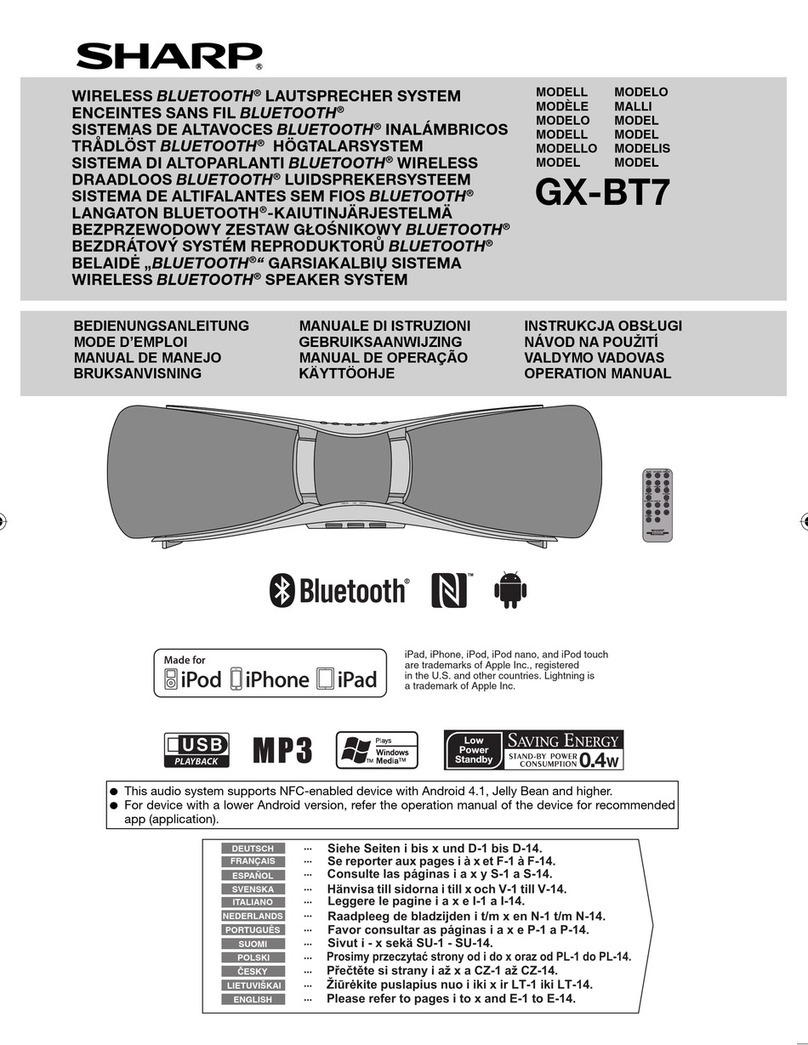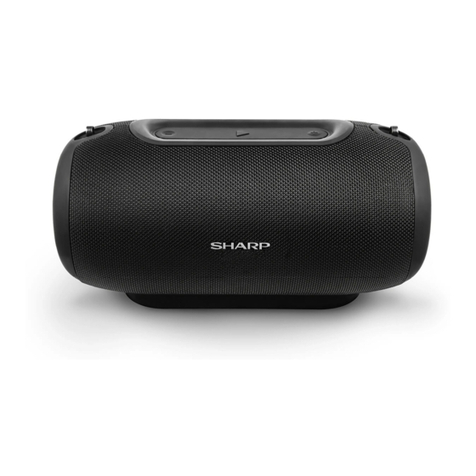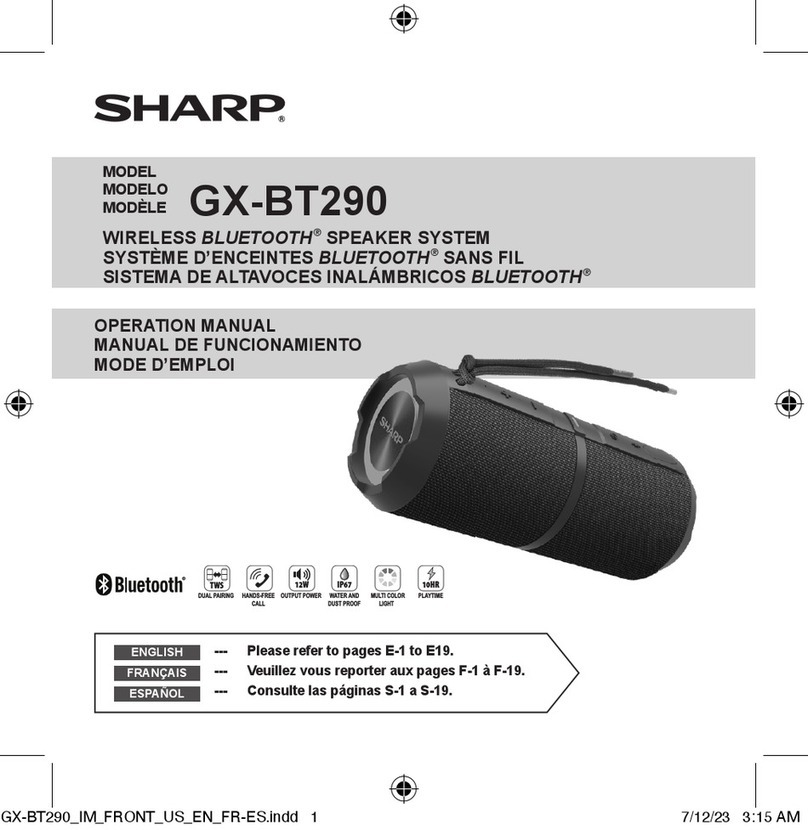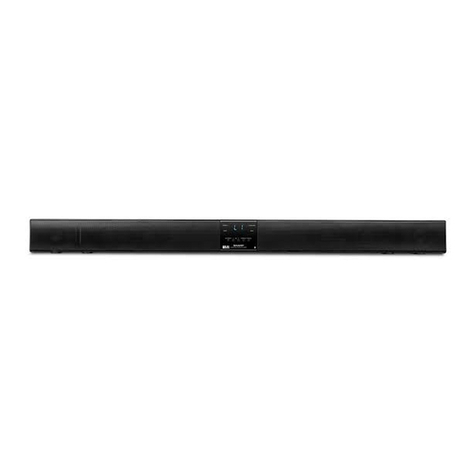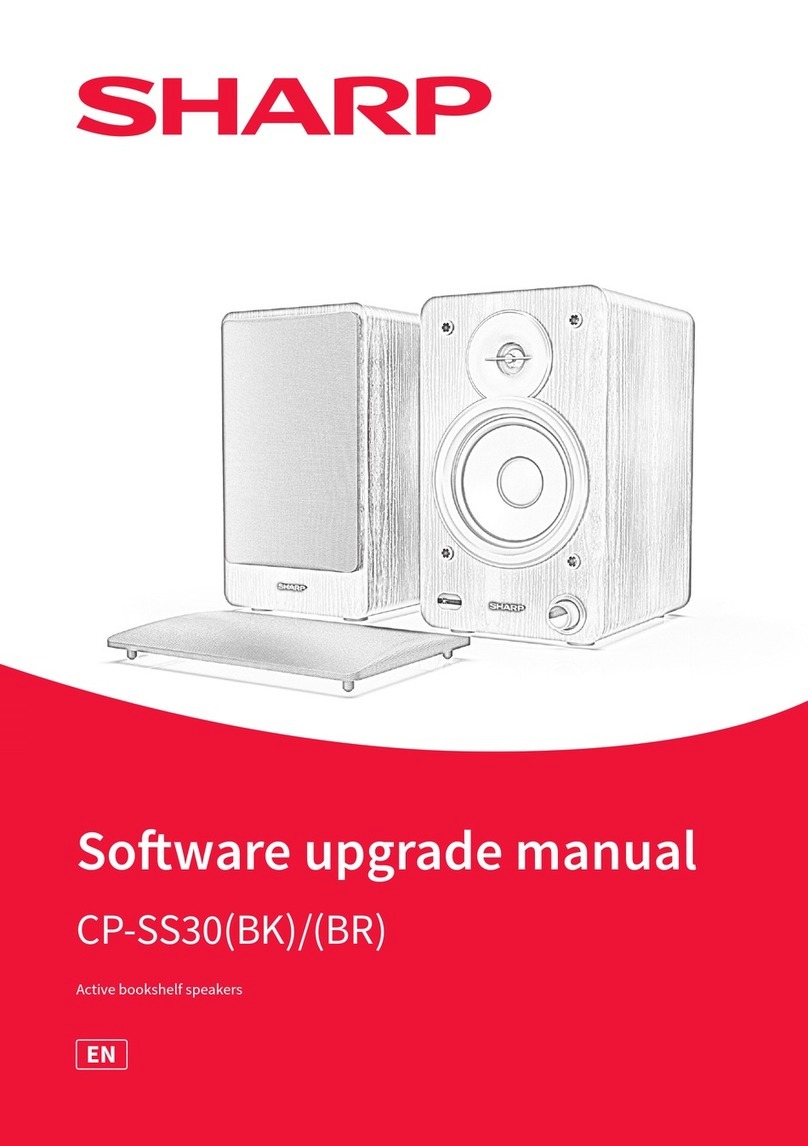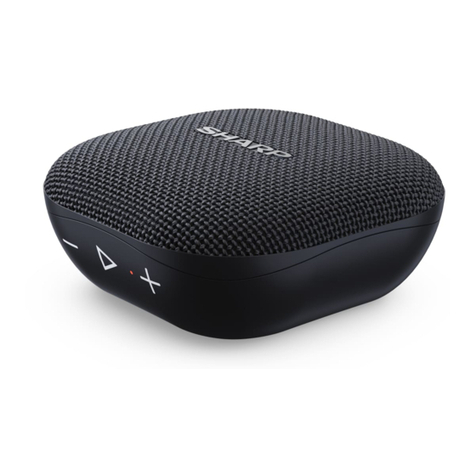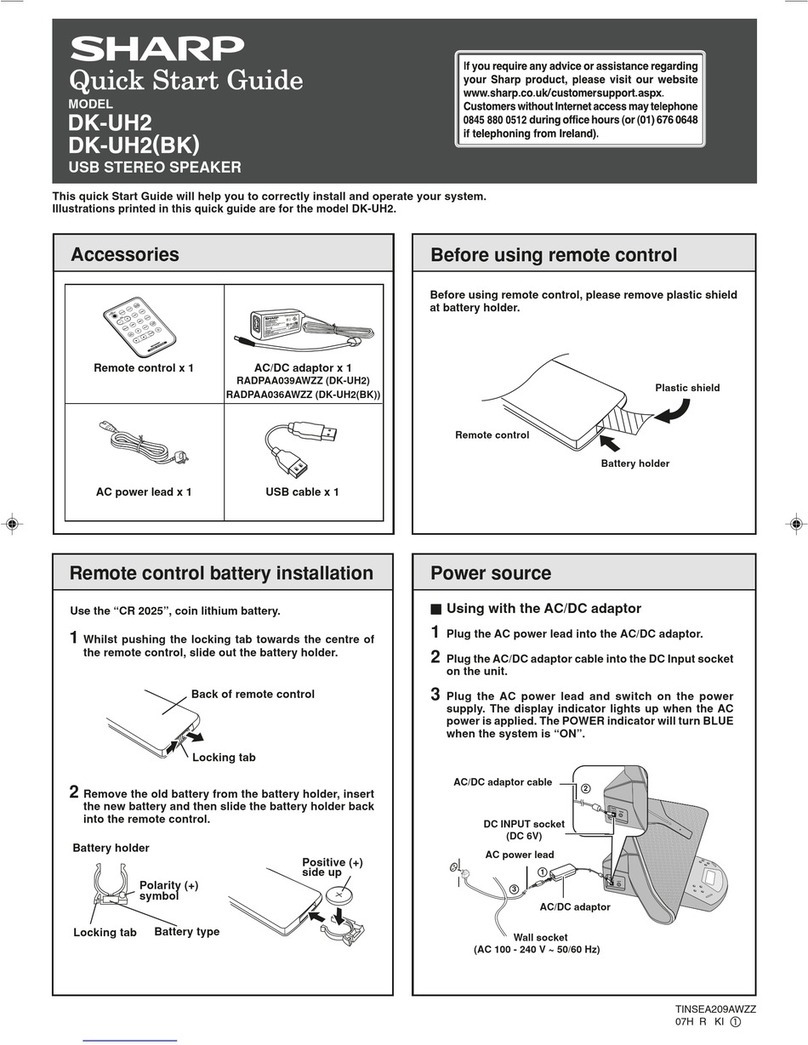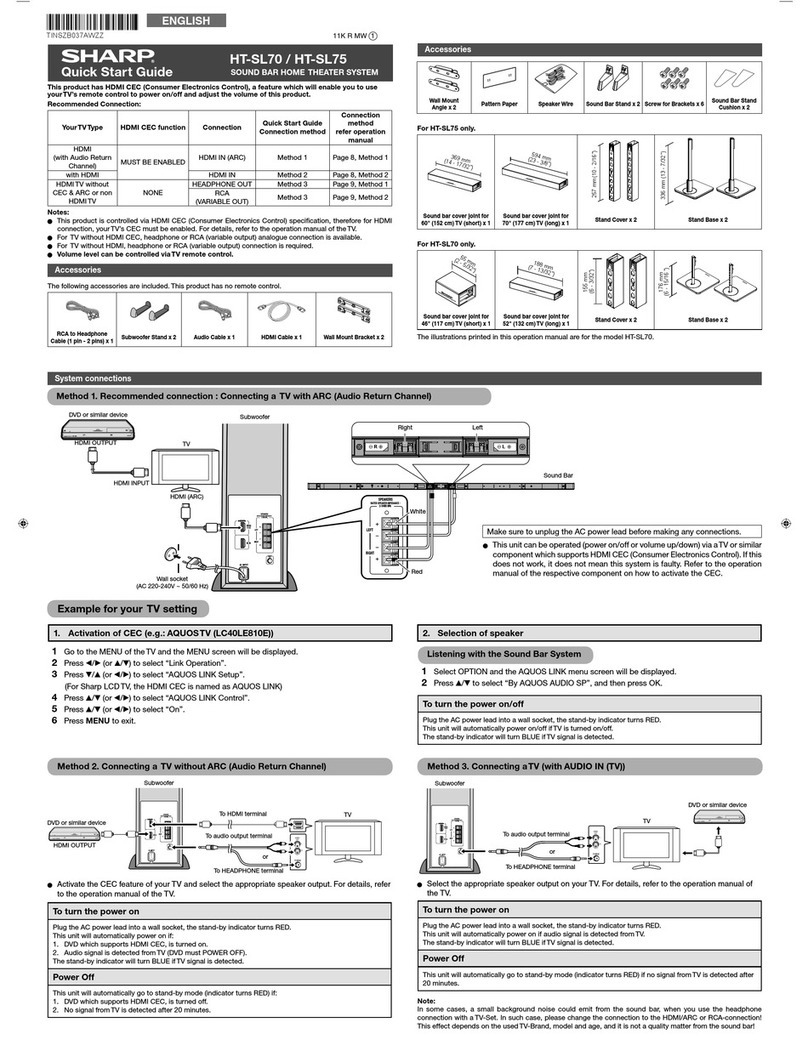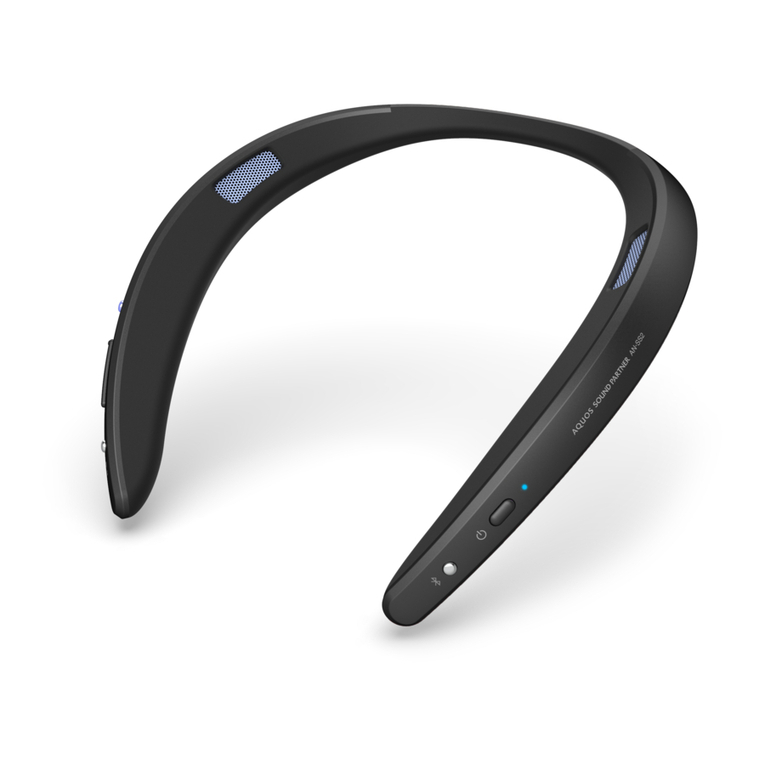
CD-C607H/611H
– 7 –
DISASSEMBLY
Caution on Disassembly
Follow the below-mentioned notes when disassembling
the unit and reassembling it, to keep it safe and ensure
excellent performance:
1. Take cassette tape and compact disc out of the unit.
2. Be sure to remove the power supply plug from the wall
outlet before starting to disassemble the unit.
3.Take off nylonbands orwire holders wherethey needto
beremovedwhendisassemblingtheunit.Afterservicing
theunit, be sureto rearrangethe leads wherethey were
before disassembling.
4. Take sufficient care on static electricity of integrated
circuits and other circuits when servicing.
Figure 7-2
Figure 7-1
CD-C607H/611H
Figure 7-3
CD-C607H/611H
1 Top Cabinet 1. Screw .....................(A1) x4 7-1
2 Side Panel 1. Screw .....................(B1) x6 7-1
(Left/Right) 2. Hook .......................(B2) x2
3 CD Play Unit/ 1. Turn on the power supply, 7-2
CD Player Unit open the disc tray, take out
the CD tray cover, and close.
(Note 1)
2. Hook ...................... (C1) x5
3. Socket ................... (C2) x2
4 Back Board 1. Screw .................... (D1) x5
7-2
5 Main PWB 1. Screw .....................(E1) x3 8-1
2. Socket ....................(E2) x5
3. Flat wire..................(E3) x3
6 Tuner PWB 1. Screw ..................... (F1) x2 8-1
7 Front Panel 1. Screw .................... (G1) x2 8-1
8 Headphones 1. Screw .................... (H1) x1 8-2
PWB 2. Guide ......................(H2) x1
9 Display PWB/ 1. Screw ..................... (J1) x8 8-2
Switch PWB 2. Hook ....................... (J2) x7
3. Socket .................... (J3) x1
10 Tape Mechanism 1. Open the cassette holder 8-2
2. Screw .....................(K1) x6
11 Turntable 1. Screw ..................... (L1) x1 8-3
2. Guide ...................... (L2) x1
12 Disc Tray 1. Screw .................... (M1) x2 8-3
2. Guide ..................... (M2) x2
13 CD Servo PWB 1. Screw .................... (N1) x1 8-4
(Note 2) 2. Socket ................... (N2) x4
14 CD Changer 1. Screw .....................(P1) x4 8-5
Mechanism
15 CD Mechanism
1.
Screw ..................... (Q1) x1 8-5
REMOVAL PROCEDURE
STEP FIGURE
Top Cabinet
Front Panel
(A1)x2
ø3 x12mm
(A1)x2
ø3x12mm
(B2)x1
(B2)x1
Side Panel
(Left)
Side Panel
(Right)
(B1)x1
ø3x10mm
(B1)x1
ø3x10mm
(B1)x4
ø3x12mm
Back Board
Back Board
CD Tray Cover
CD Player
Unit
(C1) x3
(D1) x5
ø3x8mm
(C1) x1
(C2) x2
1
1
2
Pull
(C1) x1
CD Servo
PWB
Disc Tray
Front Panel
LOCK
LEVER
Note 1:
How to open the change manually.
1. Then, turn fully the lock lever in the arrow direction through
the hole on the loading chassis bottom in this state.
After that, push forward the CD player base. (Fig. 7-3)
Note 2:
1. After disconnecting the optical pickup connector, wrap the
front end of connector in conductive aluminum foil to
prevent damage to the optical pickup by static electricity.
